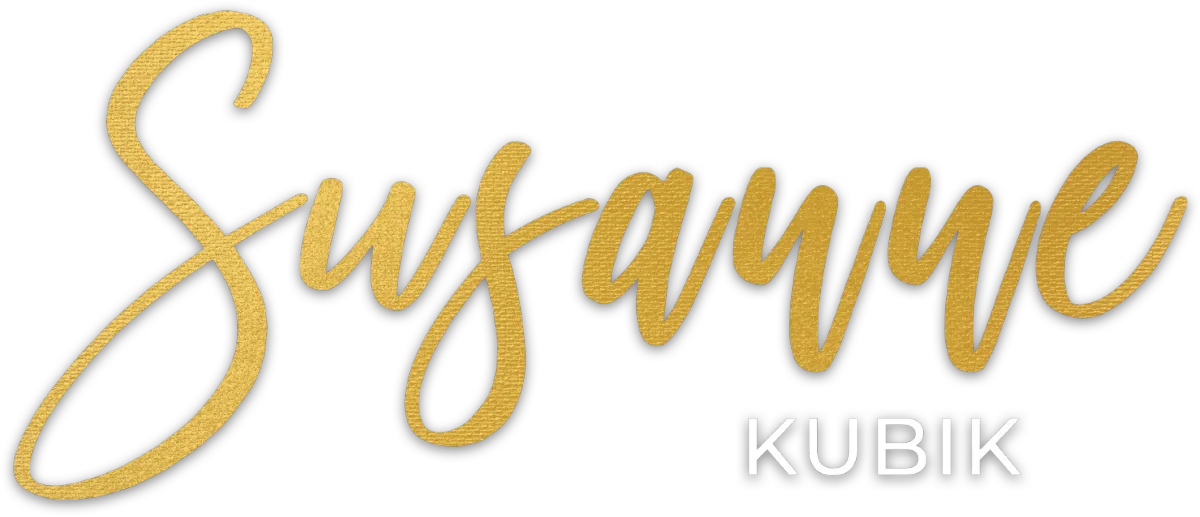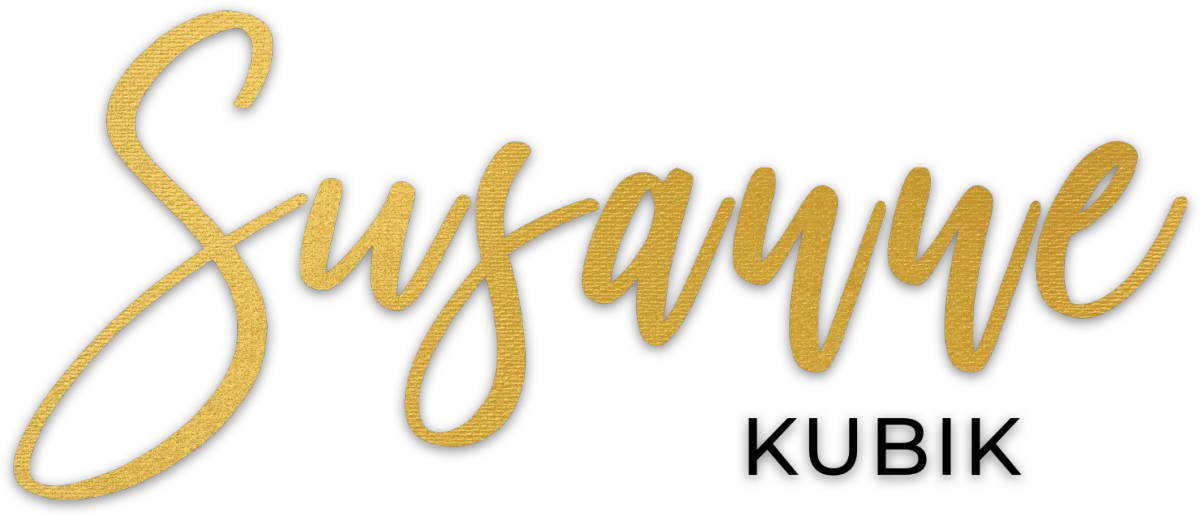
Who are you really?
Discover: A relationship with Yourself.
For a long time I couldn’t understand why I felt so heavy, stuck, constantly in my own way. On paper, everything looked perfect - I had a secure job working for a renowned financial institution(s), I had a beautiful home, the structure, the rhythm of ticking boxes and opportunities to climbing ladders. I had a healthy and fit body and a wardrobe others were jealous of.
But inside? I felt like I was slowly disappearing into the monotony of the daily grind.
There were moments when I’d catch myself in the mirror and wonder, “Is this really my life? Is this who I’ve become?” Or worse, I’d feel absolutely nothing - just a numbness that crept in and made everything feel flat and meaningless. I was living life from the outside in, wearing the mask of ‘togetherness’ while quietly crumbling inside, feeling inadequate, invisible and not belonging as if there was something wrong with me.
Many times, I questioned whether I had what it takes, as a foreigner in London, single for many years and childless (I never felt ready to become a mum) self-doubt was always an uninvited guest in my mind.
If you have read my earlier articles “Untangle: Is this it?” and “When you feel empty, numb and lost…” I mentioned that these questions first pop up as whispers in quiet moments, when we allow ourselves to listen.
And then eventually these whispers start to become louder. Most of us corporate professionals are then quick to blame our circumstances, work or the boss and we either start looking to change or replace jobs, relationships, our wardrobe or book one holiday (escape) after another - just to distract ourselves from the inner emptiness.
We try to fix ourselves with what is in reach and available - and mostly outside of us.
But the truth is and what I’ve come to learn is this: the problem we have isn’t that we are inadequate, wrong or broken, our problem is that we believe we are.
And our beliefs are firmly established and grounded in the stories we keep telling ourselves often without even being aware of it and without ever having challenged them.
These stories (some coaches call it the shadow self) form not only our belief system but also our identity.
The Corporate Shell
Back then, during the majority of my corporate life, my entire identity was wrapped and attached to my corporate persona. I wore professionalism like armor - always composed, (German)efficient, the “do-er”, capable and always “on”.
I knew how to make things happen, how to deliver, how to excel. But under that polished surface, I was quietly disappearing.
It wasn’t just the pressure to perform, it was the pressure to disappear behind a version of myself that felt acceptable, respected, untouchable. I became a master of blending in, hiding behind the good girl - smile, the team player, the chameleon who could navigate every room with grace and composure.
But inside, I felt ordinary. Invisible. Like I had to prove myself just to belong - and even then, I wasn’t quite sure I did. I didn’t know how to take up space as me.
So, I kept hiding behind well-structured spreadsheets and polished emails, holding up a version of myself I thought the world wanted. I disguised my sensitivity as strength. I put on the corporate mask and hoped no one would notice that I was fading beneath it.
The corporate shell became my hiding place. It felt safe, but it also made me small. And eventually, the very thing that once protected me started to feel like a prison.
That’s when I found Broadband Consciousness (BC), and for the first time, I was introduced to something that didn’t try to fix me. It helped me remember who I was before the layers of expectation were piled on - before I began hiding in plain sight.
What kind of strength could unfold naturally if you stopped trying to fix yourself - and instead began to understand yourself?
Because when I learned to understand and accept myself as me, as Susanne, without requiring any other titles or layers to validate my existence, my identity became “I am Susanne”.
And that feels worthy, enough and empowering and utterly self-assuring.
I no longer require to justify myself with a job title, achievement or qualification or any other label.
Let’s explore this:
We Look at Ourselves, But We Don't See Ourselves

The way we come to understand ourselves is often deeply flawed. We look at ourselves through the eyes of others - through what our parents expected, what society admires, what our job titles say about us.
We assume we’re only as valuable as what we can produce, or how perfectly we perform.
And over time, this shapes how we see ourselves. Not as we are, but as we should be.
It’s like living in front of a distorted mirror, one that constantly reflects a version of you based on other people’s beliefs, and not your own.
We hustle for approval. We shapeshift to be accepted. We abandon parts of ourselves we think aren’t good enough. But in doing so, we lose the ability to see the truth of who we are - our essence, our wholeness, our humanity.
How much of your self-image is truly yours - and how much of it is inherited or borrowed?
The First Step: Awareness
The real beginning of self-leadership is not about adding more to your plate. It’s not about becoming a new version of yourself, or changing your whole life overnight. It neither is about discipline, pushing yourself or motivation or ra-ra.
It’s very simple: It starts with awareness - gently, honestly noticing the story you’ve been living and beginning to question where it came from.
This is where the Robert Dilts Logical Levels model comes in, a powerful way to understand how we experience change, and how lasting transformation is only possible when we start from the top: with our true identity:
At the base of the pyramid is Environment - where we are, who we’re with, our circumstances, it usually reflects our upbringing and current living environment including the people around us.
Then comes Behaviour - what we do, how we act, patterns we have developed.
Next is Skills & Capabilities - what we’re able to do.
Above that, we have Beliefs & Values - what we hold to be true and what matters to us.
And then, right near the top is Identity - who we believe we are
But at the very peak, above all else, sits something even deeper: the "I Am" - the non-physical, conscious awareness of self.

What we have been taught (and it is still taught in our society) is try to change from the bottom up: get the grades, get the qualifications, find a new job, change to a new routine, buy a house, buy a new house, find a new strategy, change your habits and hopefully then you will eventually “get there”.
But if we don’t shift what we believe about who we are, we end up stuck in the same cycles, repeating the same patterns. Because identity shapes everything underneath it.
When I discovered BC, I realised I had been living from the middle of that pyramid — trying to upgrade my skills, manage my behaviour, tweak my environment.
But my identity was still wrapped around being the good girl, the dreamer, the inadequate one, the invisible one.
No wonder I kept bumping up against the same internal wall.
BC is different to any other coaching modality and it helped finally seeing myself for who I am really, not for who I thought I needed to be. And that feels so much lighter and easier.
I learned to question the beliefs and stories I’d inherited, to recognise the script I was living, and - most importantly - to reconnect with the deeper truth that I am not my thoughts. I am not my role. And neither are you. I am the awareness behind it all.
You are not your performance review. You are not your paycheck. You are not your to-do list. You are something far bigger, more real and meaningful - and when you learn to see (and feel) it for yourself, lead from the top of that pyramid, everything else below it begins to shift naturally, from a place of truth, easy and struggle free.
As Carl Jung so beautifully put it: "The privilege of a lifetime is to become who you truly are."
Let's not wait until the end of our lifetime to find out, shall we?
What would change if you believed - really believed - that you’re already whole, not waiting to be fixed?
What Does Self-Acceptance Look Like?

Self-acceptance is not a Pinterest-worthy quote or a feel-good moment. It’s a way of finally seeing yourself, letting go of old conditioning and keeping your awareness tuned in with a daily practice and it feels good to be you.
It’s the decision to stop treating yourself like a project that needs improvement and instead begin to relate to yourself with softness and truth.
It’s recognising the harsh inner critic and choosing the opposite - sometimes over and over again until you don’t believe it anymore everything it says.
And it’s learning to meet yourself where you are, and being ok with it, not where you think you “should” be.
Can you offer yourself the kind of kindness you’ve always given to others - but rarely to yourself?
Identity Beyond Achievement
If you’re someone who’s spent years building a life based on achievement, I know how confronting this can feel. Because for many of us, our roles are our identity.
The thought of letting go of your work/achievement identity probably seems really unsettling.
I get it. That was me too.
Having felt so invisible most of my life, letting go of the job title that gave me purpose, felt unrealistic.
But what if we’ve been looking in the wrong direction?
What if your value isn’t in what you produce, and how you show up for others, but how you feel in your own skin that is the change-maker for creating your life on the outside.
What if being deeply yourself is not the thing you need to hide, but the exact thing you and the world is waiting for?
Who are you, when you’re not achieving? Not performing? Not proving?
A Powerful Way Forward

Here’s what I know now:
When you shift from identifying as your job title to identifying as your whole, real, imperfect but powerful self - everything begins to change.
You feel more grounded. More confident. More at peace.
You stop needing others to validate your worth, because you begin to trust that your worth is intrinsic. It was never up for negotiation.
And this is what self-leadership really means: choosing to live as the Real You, not the version the world expects.
What if being yourself - fully, unapologetically, compassionately - is the most powerful move you could ever make?
The Heart of Broadband Consciousness
So, who are you really?
You are more than what you do, more than what you earn. And you are more than your achievements.
You are the awareness underneath all of that - the calm, steady presence that has been there all along. You just haven’t noticed yet.
This is the essence of Broadband Consciousness:
"You are not your thoughts or feelings - you are the awareness observing them. You can choose to operate from who you really are."
The BC approach is grounded in conscious awareness, in learning to recognise the voice of the (inherited and adopted) Script - that old, noisy, conditioned mind - and making space to live from the self-assured, content and Real You instead.
You don't have to fix your thoughts. You don’t need to argue with your feelings. You simply begin to observe them, detach from them, and stop letting them decide who you are.
More on that and in detail in my next blog post…
It’s not about striving. It’s about choosing. It’s not about becoming someone else. It’s about waking up to who you already are.
When you lead from that place, the place of truth and awareness, that’s when the healing begins. That’s when life becomes yours again, feel light, alive and vibrant.
And that, my friend, is when everything begins to change - without having to walk away from your career. It is the place from where you start to create your life.
Susanne Kubik - The Self-Leadership Effect

Hi, I'm Susanne. For most of my career I've worked in high pressured environments in Consultancy and Investment Banking where I perfectly adapted to the corporate soldier mentality, simply because I felt I needed to fit in, feeling otherwise invisible, insignificant and compared myself notoriously. For years I was enduring my corporate existence or forever planned my exit strategy, carrying the burden of needing to be seen as "professional", hiding behind the mask seemed more important than being seen as human. However, I learned that there is another way .... Finding my true self instead of chasing outward success has been the game changer that affected all areas in my life positively.
Nowadays I am mentoring others keen to find their own compass to replace feeling lost and stuck, lonely and behind in life, for inner knowing and find their brilliance beyond duty, roles and job titles to live a life with intention and do cool things,
Join the mailing list for weekly inspiration:
https://susannekubik.com/newsletter108706
Start here: previous blog posts you might like to read
https://susannekubik.com/blog/b/Untangle-Is-this-it
To find out more check this out:

© Copyright 2023 SusanneKubik.com - The Self-Leadership Effect

